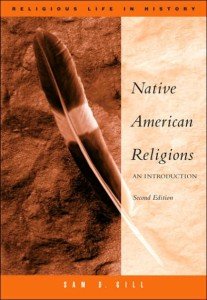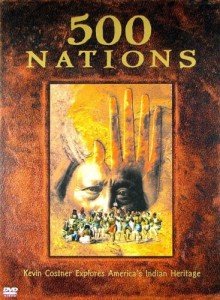The Sacred Pipe: A Powerful Account of the Oglala Sioux's Seven Rites, as Told by Black Elk and Joseph Epes Brown
This book is a powerful and insightful account of the spiritual and cultural practices of the Oglala Sioux tribe, as told by the revered holy man Black Elk. The Sacred Pipe is a book that delves into the sacred rituals and rites of the Oglala Sioux tribe. It is a collaboration between Black Elk, a Lakota holy man, and Joseph Epes Brown, a renowned scholar of Native American religion and philosophy. The book was first published in 1953 and has since become a classic in Native American studies.
The book is divided into several chapters, each representing one of the sacred rites of the Oglala Sioux. These rites are essential to the spiritual and cultural identity of the tribe and are passed down through generations. Black Elk's personal account of these rites, combined with Brown's extensive research and commentary, provides a comprehensive understanding of the beliefs and practices of the Oglala Sioux.
In "The Rite of the Keeping of the Pipe," Black Elk shares the sacred story of the White Buffalo Woman and the significance of the sacred pipe in the Oglala Sioux culture. He also explains the role of the pipe carrier and the responsibilities that come with it.
"The Keeping of the Soul" introduces the concept of the soul and its importance in the Oglala Sioux culture. Black Elk explains how daily rituals keep the soul pure and can be lost and regained through certain ceremonies.
In "The Rite of Purification," Black Elk describes the purification ceremony, which is essential before any other ceremony can occur. It involves fasting, prayer, and bathing in a sacred lake to cleanse the body and mind.
"The Rite of the Sun Dance" is perhaps the most well-known rite of the Oglala Sioux. Black Elk narrates how the Sun Dance came to be and its purpose in honoring the Great Spirit and seeking visions.
"The Rite of the Making of Relatives" explores the significance of relationships and kinship in the Oglala Sioux culture. Black Elk explains how, through this rite, individuals can become relatives and strengthen their bonds with one another.
The Sacred Pipe is a remarkable book that offers a deep and authentic insight into the spiritual and cultural practices of the Oglala Sioux tribe. Black Elk's personal account of the sacred rites and Brown's scholarly commentary create a well-rounded and comprehensive understanding of the Oglala Sioux culture.
The book is written in a simple and engaging style, making it accessible to readers from all backgrounds. Including photographs and illustrations adds to the overall experience of reading the book.
One of the most significant aspects of the book is the emphasis on the interconnectedness of all living beings and the respect for nature that is deeply ingrained in the Oglala Sioux culture. This message is more relevant than ever in today's world, making the book a timeless and valuable read.
In conclusion, The Sacred Pipe is for anyone interested in Native American spirituality and culture. It is a powerful and insightful book that offers a glimpse into the rich traditions and beliefs of the Oglala Sioux tribe. Black Elk's words and Brown's commentary will leave a lasting impact on readers and inspire them to connect with their spirituality and the world around them.






